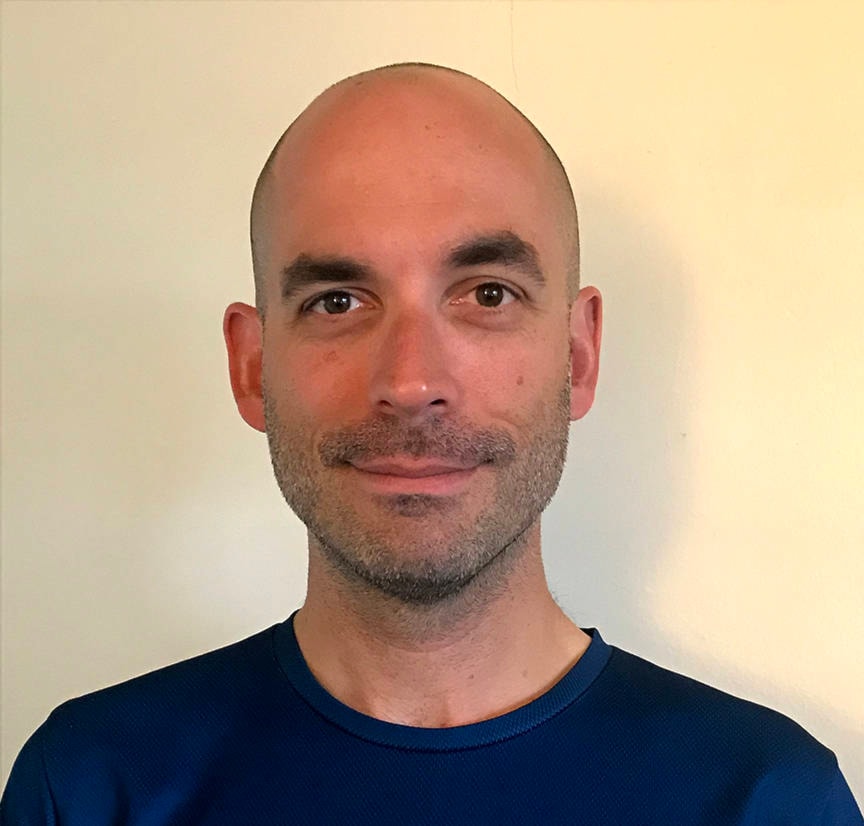As some readers know, this is my last column for Lakes District News because I’m moving to Yellowknife in the Northwest Territories to start a new reporter job.
Living in Burns Lake was an eye-opener for me. I had never lived anywhere so small before and the culture is slightly different here than what I was used to in urban southern Ontario.
Rural neighbourliness isn’t a myth here. It’s a reality. Many people in the community offered me help when I needed it and didn’t make me feel like I was asking for too much. My landlord, who became more of a housemate took me on outdoor trips to do mushroom and berry picking and really made me feel at home in Burns Lake.
Working here was unique compared to my previous journalism jobs in that I could see first hand how the stories I reported on unfolded and affected the community. The sense was heightened because I covered such a wide range of issues and angles here. I often felt like the issues of the community fit together like a giant puzzle and it was easier to see how the pieces fit than it would be in a larger city.
For example, with mountain biking I saw how important that sport and the trails are to the community. And Burns Lake’s cycling scene fit into a larger provincial network of biking sites. It was something I could report on and then experience myself by riding on the trails at Kager Lake.
It was similar with hockey. I was never much of a hockey fan, but I had gotten to know some of the parents of the players in Burns Lake and so felt more connected to the sport than before. When I was shooting photos of the Bruins at a game, how they performed felt more significant to me than just score numbers on a screen.
With other issues that I might not be able to experience myself I could learn about their significance from interacting with residents.
While reporting on the feared reduction of the Annual Allowable Cut last spring, I heard peoples’ worries over what might happen to the local economy if the harvest limit was significantly reduced. Knowing what is happening to sawmills in many other northern communities - that concern is justified.
And even though I arrived in Burns Lake after the 2018 wildfires were out, I saw the after-effects and met people who endured evacuations. Through the conversations I had with people and stories I wrote I learned more about wildfires in a few months than I had in my entire life previously.
The inevitable return of summer wildfires, the diminishing strength of forestry and the community’s efforts to attract new residents and businesses are three challenges facing Burns Lake that I’ll continue to follow after I leave.
Amid the difficulties this village has experienced, I’ve seen the community’s strength and the push to make it stand out in the region.
I’m looking forward to reading about how Burns Lake will write its own story in the coming years.
